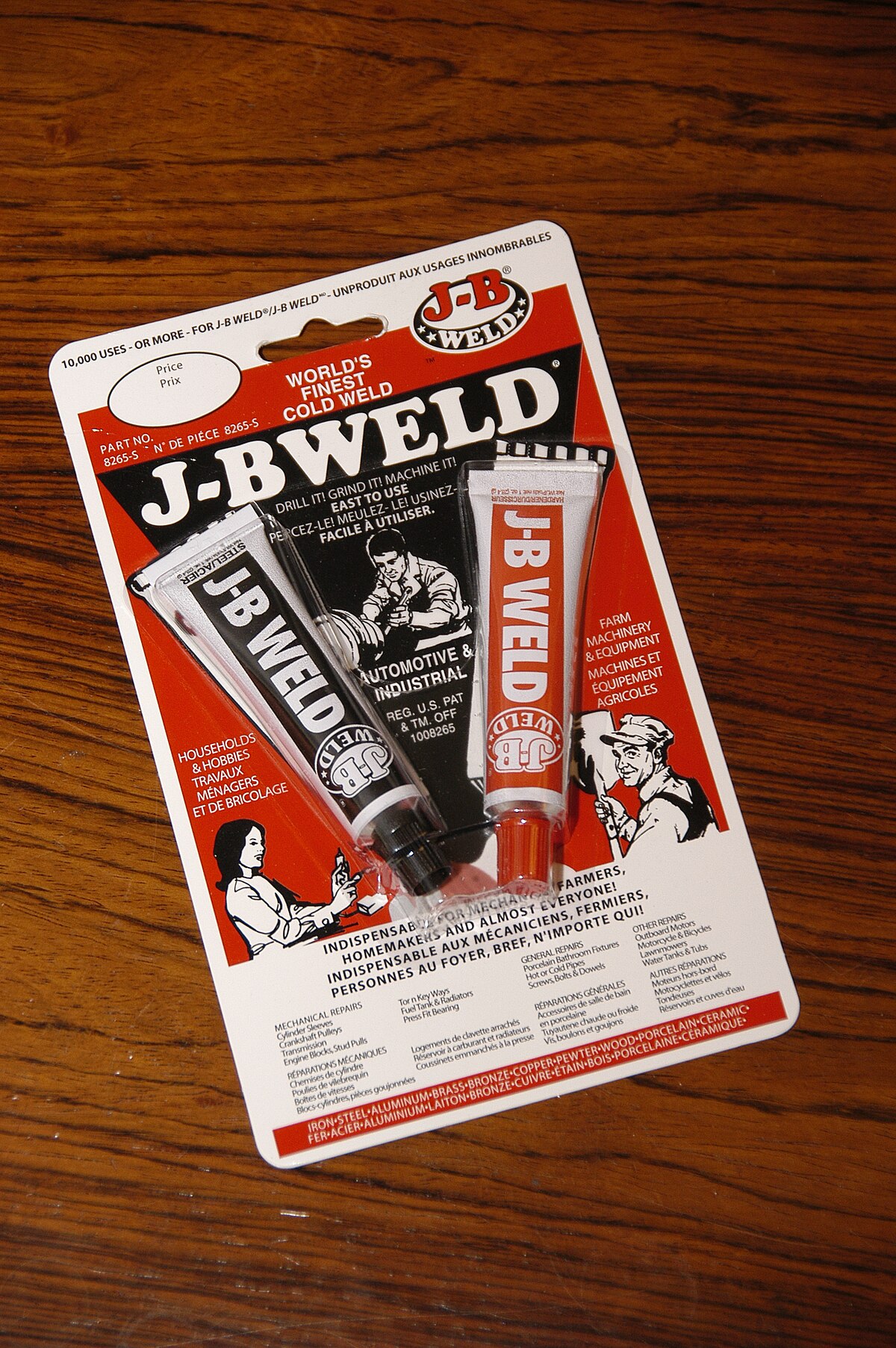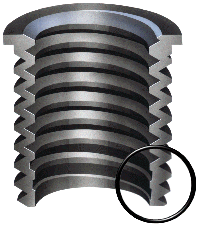Samsonite801
Solar Wizard
- Joined
- Oct 15, 2020
- Messages
- 2,988
Yeah, I'm visual too hehe, best when I can see what blank it is I'm hitting up against hehe...
So yeah, just repair the damaged ones with Helicoil repair kit, then just screw in all the studs where bolts went before, and snug them down. In a racing engine we would glue the studs in with Locktite threadlocker compound, but we don't need to worry about that here as there is no shock or vibration on a stationary application (Locktite might hamper current flow on the threads. Just put the studs in dry, and cinch them down a little bit (helps them to stay in when you go to unscrew the nut later)...
I wouldn't convert all the holes over to Helicoil though not necessary, just repair the ones that are stripped and put the studs in all the factory threads on the rest, that is all you need here...
So yeah, just repair the damaged ones with Helicoil repair kit, then just screw in all the studs where bolts went before, and snug them down. In a racing engine we would glue the studs in with Locktite threadlocker compound, but we don't need to worry about that here as there is no shock or vibration on a stationary application (Locktite might hamper current flow on the threads. Just put the studs in dry, and cinch them down a little bit (helps them to stay in when you go to unscrew the nut later)...
I wouldn't convert all the holes over to Helicoil though not necessary, just repair the ones that are stripped and put the studs in all the factory threads on the rest, that is all you need here...





